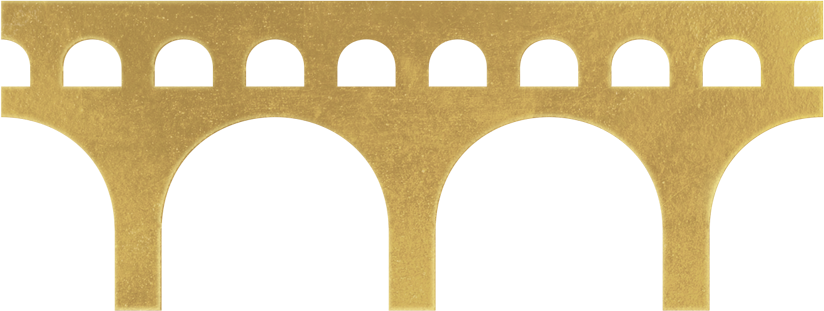The Megiddo Mosaic
Introduction
The Megiddo Mosaic is the floor of one of the earliest Christian worship halls in the world. It is now on display at the Museum of the Bible in Washington, DC until July 2025, and offers a unique opportunity to see an outstanding treasure from the Middle East now on display in the United States.
The mosaic was discovered a few years ago near Tel Megiddo in northern Israel, and is dated to about AD 230. This mosaic is especially important for the following reasons:
It was the floor of one of the earliest Christian worship halls ever found. It predates the Edict of Milan by almost 100 years, when the Emperor Constantine legalized Christianity in the Roman Empire in AD 313.
In spite of its early date, the condition of the mosaic is excellent and contains three inscriptions described below. Some have speculated that the mosaic was purposely covered during the persecution of the Emperor Diocletian during the beginning of the 4th century.
The most important inscription of the mosaic has the phrase “God Jesus Christ,” which is the earliest archaeological evidence of Jesus Christ being called God.
Description
The entire mosaic floor is shown below. The floor is quite large and seems to be the floor of a building purposely built as a Christian worship hall.
The western side of the mosaic to the left has two of the inscriptions at each end of the square mosaic pattern.
The two replica stones in the center may represent the base of a communion table.
The eastern side of the mosaic is shown in more detail below. A long inscription appears in the foreground, while two fish can be seen in the middle of a square geometric mosaic pattern.
These two fish are shown in more detail below, and possibly represent the sign of the fish used by early Christians. This fish symbol was used to represent Jesus Christ in a Greek acronym ΙΧΘΥΣ, as follows:
The Inscriptions
There are three inscriptions found on this mosaic. The longest inscription on the eastern side shown below is the dedicatory inscription as follows: “Gaianus, also called Porphyrius, a centurion, our brother, has commissioned this mosaic at his own expense as an act of generosity. Brutius has carried out the work.” What we learn from this inscription is that a brother (Christian) who financed this inscription was a Roman centurion named Gaianus or Porphyrius. The artist who actually made the mosaic was Brutius.
The symbol on the top line shown here
was a symbol denoting a centurion
(a Roman commander of 100 men).
The two other inscriptions are on each end of the western mosaic square shown below.
The inscription in the foreground (shown in more detail below) mentions four women and reads: “Remember Primilla and Cyriaca and Dorothea and lastly Chreste.” This inscription illustrates the prominent role that women played in the early church.
The third inscription at the opposite end of the western mosaic square is perhaps the most interesting of all. It reads: “Akeptous, the friend of God, has offered the table to God Jesus Christ (for) remembrance.” There are several points of interest here:
The Greek text indicates that Akeptous was a woman of high standing who donated a table that is very likely the communion table in the center shown above.
The expression “(for) remembrance” almost certainly points to the communion table that served to remember the Last Supper of Jesus Christ.
The expression “God Jesus Christ” is the earliest archaeological evidence of Jesus Christ being called God.
This mosaic is one of the earliest archaeological examples of the use of nomina sacra, that is, the use of abbreviations to describe deity, whether God, Jesus Christ, or in some cases other words. The Greek word for God is ΘⲰ, with the line indicating that it is an abbreviation, and the Greek word for Jesus Christ is ⲒⲨ ⲬⲰ. This style is used frequently in early manuscripts of the New Testament, but only seen rarely in mosaics.
In light of all of the details shown here, this mosaic certainly ranks as one of the most important recent archaeological discoveries related to early Christian history.










